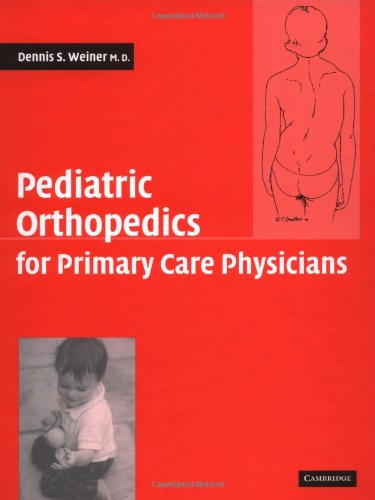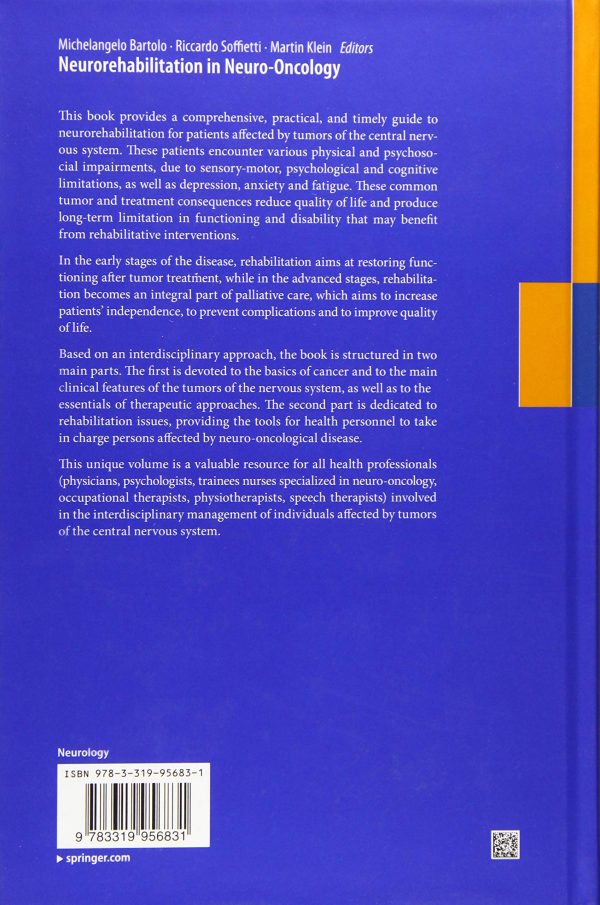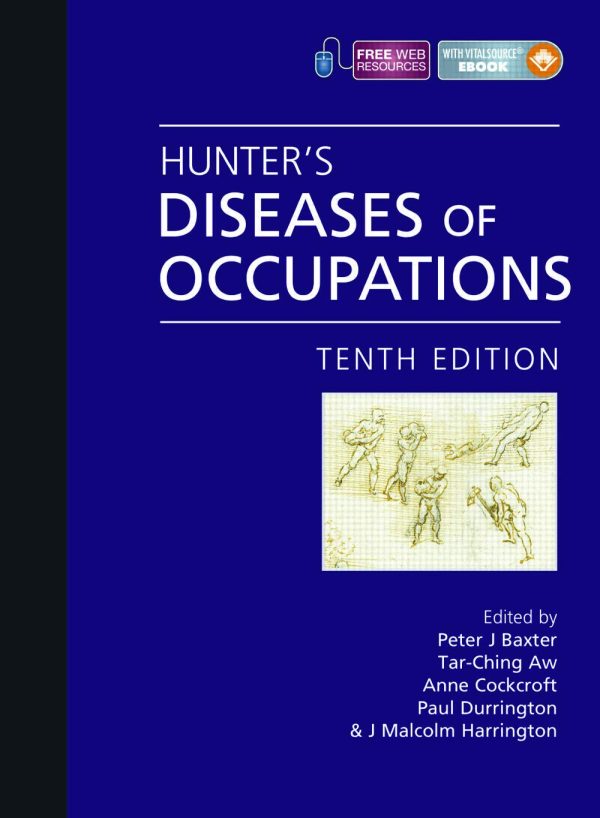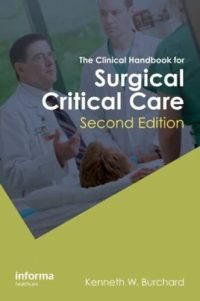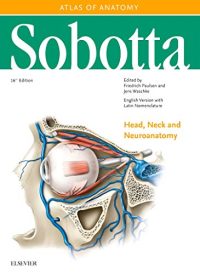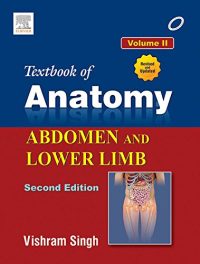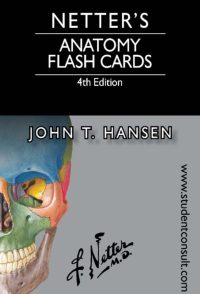Description
Overview of Pediatric Orthopedics for Primary Care Physicians latest edition
This newly updated and expanded issue retains all the features that made the first book such a common textbook for primary physicians and pediatricians: orthopedic disturbances are set by age, and also by their frequency of onset, and supplemented by useful orthopedics guidelines.
The book, distilled in a wealth of knowledge of the author of all major pediatric.
Orthopedic complications in this field offer a user-friendly, detailed, and reading account, with the inclusion of helpful “pearl” boxes in this new edition to highlight essential characteristics of the given condition. Another valuable context offers a new section based on the biology of these diseases.
The latest edition is also illustrated with several new x-rays and diagrams to add to the text. This volume was particularly written for children and family practitioners, which allows doctors to ensure that these patients receive optimal treatment.
Foreword
In medical literature, the style of this book is exceptional. It reads like a book but forcibly teaches. It’s a joy to learn comfortably on a couch while sitting there. This book speaks about patients – not illnesses.
Moreover, it explains the boy limping into the office and asks the question, “what is the cause and how do I cope with that limp?’It explains the cases of normal variants, which do not need treatment, of similar significance.
The following sections are important as it highlights the distinction between orthopedics for adults and pediatrics.
In orthopedics for adults, the patient needs a thorough explaining, a concise explanation of the care deemed appropriate, and the expected outcomes. The same detailed description should be given to the parents in pediatric orthopedics.
Some children should be sent to a second opinion and to the surgeon whose opinion has been requested, where applicable, to be treated. The text clearly illustrates why this strategy should be followed.
Dennis Weiner is renowned for his extensive orthopedic expertise and special abilities when required to make surgical corrections.
The definition of surgical minutiae does not, however, affect this book. This is a book that was waiting for publication, an occurrence which both the text and the diagrams have amply demonstrated.
Table of Contents
Here is the complete table of contents as written by the author himself:
- Preface to the first edition
- Preface to the second edition
- Basic considerations in growing bones and joints
- Lower extremity developmental attitudes in infancy and early childhood
- Common orthopedics conditions from birth to walking
- From toddler to adolescence
- Adolescence and puberty
- Miscellaneous disorders
- Genetic disorders of the musculoskeletal system
- Index

